* * * * * * * * * * * * * * * * * *
Quick tips for harvesting:
- Use estimated days to maturity, pod size and color, and ultimate use to determine harvest date
- Pick at earliest maturity to increase and extend yields
- Be careful when picking hot peppers to avoid getting pepper oils on skin
- Use a knife or clippers to prevent damaging plants while harvesting
- Pick promptly when fully ripe or damaged to avoid deterioration
* * * * * * * * * * * * * * * * * *
This FAQ covers basic suggestions for harvesting both sweet bell peppers and hot chile peppers. In this FAQ, a mature pepper means fruit that has reached full size and is mature but not necessarily changing colors yet, and a ripe pepper means fruit that has turned or is in the process of turning color such as red or orange. Fully ripe means that it has turned it's final color (usually red).
Maturity Stages
Both sweet and hot peppers can be eaten at all stages of growth but are most flavorful when mature and fully ripe. Hot peppers are typically green in early maturity but quickly turn colors including yellow, orange, purple, red, or chocolate brown depending on the cultivar. The different cultivars vary drastically in size and shape. Although they can be picked when green, their heat and flavor increases as they are allowed to mature and ripen to colors.
Sweet Bell type peppers are can be harvested when firm and full size (at least 3 1/2 to 4 inches) but still green. If left to ripen, they may also turn red, yellow, orange, purple or even chocolate-colored depending on the cultivar. The less green you see, the sweeter the taste in both sweet and hot peppers. Once peppers begin to turn colors, they progress quickly so should be monitored carefully. Once they turn their final color, they deteriorate very fast and should be picked.
Deciding When to Pick
When possible, use the "days to maturity" on seed packets as an estimate for planning when to pick each variety of pepper. This information is also available on many websites that sell pepper seeds or plants. Usually the first peppers are ready to harvest 75 to 90 days from transplanting, but that will vary with differing growing conditions. Harvest can last into fall until frost.
Size and color give you the best clues about when to harvest hot peppers and sweet peppers. Most peppers will cycle through different colors and shades while ripening. As explained, fully ripe color will vary depending on the variety of pepper. Compare the color of those you suspect are beginning to ripen with others that are obviously immature.
Some chile varieties will develop "corking", or small stress stripes, on the pepper surface when they reach full size. This a great clue that peppers are ready for early harvesting. A few of the peppers which show corking are certain jalapenos, habaneros, Hungarian Hots, Chilcostles, and Fresnos.
Often the decision of when to harvest is influenced by the intended use of a particular pepper. Depending on what the ultimate use will be, the best time to pick will vary considerably. Chiles to be pickled are often picked before they reach their final ripe color, so that they will stay crispy. For example, Jalapenos are most crisp when still green, so are most often pickled when mature and darkened green, but not yet red. Adding a few red Jalapenos when pickling makes a nice presentation. Serranos are usually used for salsas when green, versus red and mature. Sweet bell peppers are picked at every stage, but are especially sweet after turning ripe color. Cayennes are normally picked when red, and Habaneros are most often picked in the final ripe color for the particular variety.
TIP The term "fruit load" is the maximum weight of fruit that the plant can bear. Fruit load depends on a plant's stem size, amount of foliage, and it's root system. When a plant reaches it's fruit load it will stop producing flowers. To increase the yield, pick pods at their largest green form early in the season. Then the plant will continue to flower and set fruit for a longer growing season.
Pick a couple at different stages for your own taste and crispness test. Also remember that generally, the more mature the chile, the stronger the flavor and heat level. If there are any signs of sunscald or insect damage it is best to pick immediately before fruit deteriorates further.
If saving seeds, allow fruit to develop to final ripe color, then leave pods on the vine about a week or 2 longer. This allows the seeds to fully mature. Choose large pods from vigorous plants, remove seeds, and let them air dry completely. This can take up to several weeks depending on the seed type. Store in a cool, dry, dark place.
Harvesting How-To
Some pepper plants are brittle and pods don't easily snap off by hand, so consider using clippers or a knife when harvesting. Hold the branch and use clippers or a knife to cut the pepper and a bit of stem off the plant. While not absolutely necessary, this will prevent accidentally damaging brittle pepper branches. Hot peppers are usually easier to remove from plants than sweet peppers, and pods are easier to remove when fully ripe. Pick peppers when plants are dry to avoid spreading any diseases (apparent or not) that may exist on plants. Picking ripe peppers will keep plants from slowing or ceasing new fruit production.
Always be careful when picking hot peppers to prevent painful burns on hands. Any juice that leaks from the peppers can linger on your skin if not washed thoroughly and often. Once your hands start to burn, it's too late to wash and you'll need to treat the burning sensation. Also be careful to avoid accidentally spreading capsacin oil to other parts of your body. Resist the urge to rub your eyes or wipe your sweaty face with your pepper-picking hand! If you wear contact lenses, be especially careful. Even if you wash your hands after handling peppers, some pepper oil may remain and cause painful burning when removing or inserting contacts. And guys, carefully remove gloves before answering "nature's call" or you might be doing the wild chile dance soon after! If you do get pepper burn, rub isopropyl (rubbing) alcohol on your skin to dissolve the capsaicin and then rinse it off. Rub an ointment, aloe vera, body lotion, or even milk products like yogurt over the area. In general, you can soothe the capsaicin burn with milk products internally, and alcohol products externally.
TIP Fresh chiles can be kept in the refrigerator for up to a week or more. Leave the stem on for best storage prior to processing. Store in a paper bag or wrapped in paper towels to keep them dry. Plastic makes the chiles sweat and spoil more quickly.
Harvesting Tips for Specific Pepper Varieties
Tabasco: Pick when they are the color of a 'red baton', hence the nickname Baton Rouge. The tabasco pickers on Avery Island, Louisiana were given red batons to match the color of the pods when ready for picking. The Tabasco is ready to pick when the pod becomes somewhat soft with juices and is easily removed from the calyx (the green "cap" that the pepper attaches to). Once you start seeing empty calyx's and stems you know the birds have found them and are harvesting for their own enjoyment, or they are over-ripe and dropping off the plant. Thanks to peppermania for this tip.
Jalapeno: Start picking when they become a deep, dark green and are full-sized according to the variety description. Most are around 3 inches long at maturity. Some varieties display corking starting at early maturity and that's a great indicator that they're ready to pick for pickling. Ripening jalapenos will cycle from green to darker green, brownish-red or blackish red (depending on variety), then red. Red jalapenos have a wonderfully sweet/hot taste, but are less crisp in texture.
Thanks to many forum members for contributing to this FAQ. Particular assistance was provided by Byron, dwalls, John_ShowMe_USA, NorthEast_ChileMan, peppermania, SanJacHH, and Terry_neOH. Additional tips or suggestions are always welcome. {{gwi:2110318}}Image by: JohnT (John_ShowMe_USA)
Jalpeno Corking and Ripening Colors
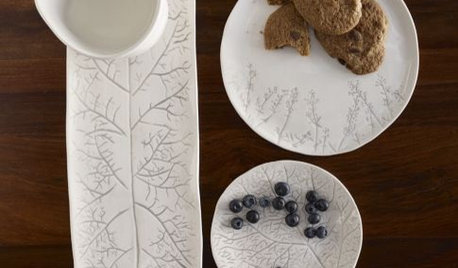
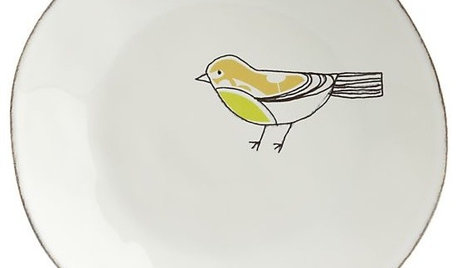

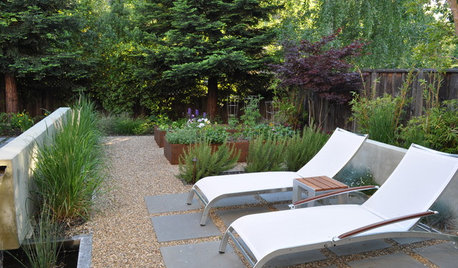
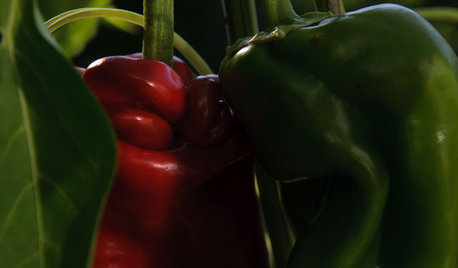




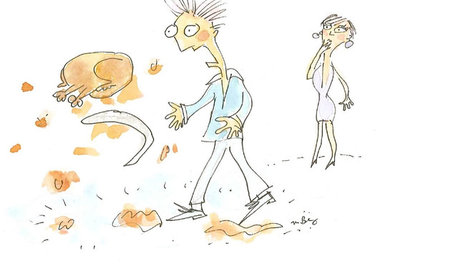



Related Discussions
When Are My Limes Ready To Pick???
Q
When are Peppers ready to pick?
Q
Help! Are these Sweet peppers ready to pick?
Q
Harvesting: the magical question of when (cucumbers, peppers)
Q